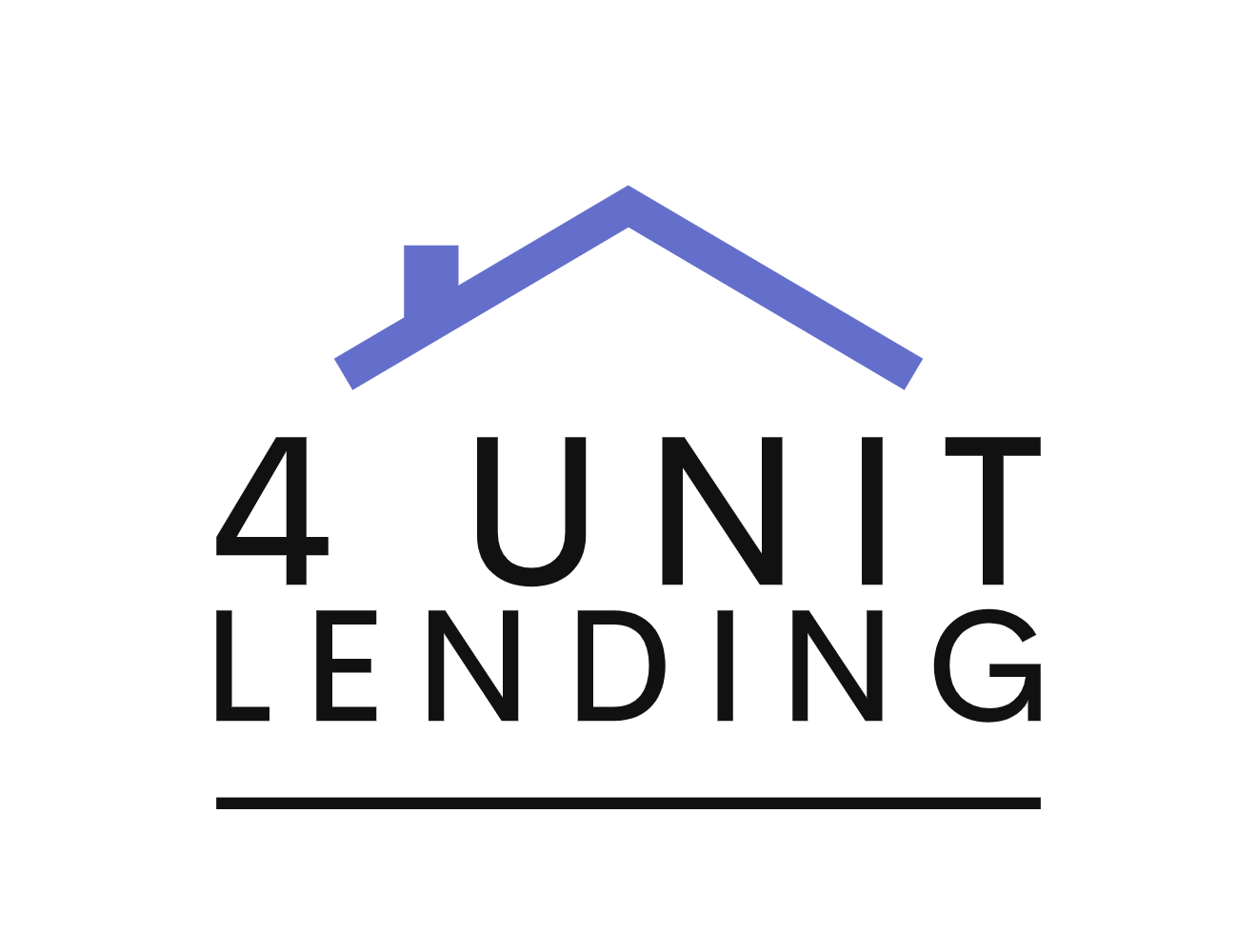
Photography by Getty Images; Illustration by Bankrate
Key takeaways
When you make biweekly mortgage payments, you pay your loan every two weeks rather than once a month. This translates to 26 half-payments, or the equivalent of 13 full monthly payments over 12 months.
Making biweekly mortgage payments can save you money by helping you pay off your mortgage sooner.
Before committing to biweekly payments, confirm with your mortgage lender or servicer that it is applying the extra payments to the principal.
What are biweekly mortgage payments?
Biweekly mortgage payments involve making half of your monthly payment every two weeks rather than the full payment once per month. This effectively equates to 26 biweekly payments per year, totaling 13 full monthly payments, rather than 12. As long as you confirm with your lender or servicer, the additional payment will apply to your loan’s principal balance, help you pay off your mortgage sooner and save on interest.
How do biweekly mortgage payments work?
With biweekly mortgage payments, instead of making a full payment once per month, you’ll make half your monthly payment every other week. Since there are 52 weeks in a year, this means you’ll make 26 half-payments, or 13 full payments, per year.
Example of biweekly mortgage payments
Let’s say you buy a $350,000 home with 10 percent down, financed with a 30-year, fixed-rate mortgage at 7 percent. Your first mortgage payment would look like this:
Monthly payment
Principal
Interest
$2,095
$257.50
$1,837.50
To make this a biweekly payment, you’d simply cut the $2,095 monthly payment in half and pay that — $1,047.50 — every two weeks.
At that rate, by the end of the year, you’d have paid $27,235 — $2,095 more than what you would have paid if you had made payments once a month. That extra payment, though, goes entirely toward your principal, adding up to significant savings in interest and a much faster payoff:
Payment frequency
Interest total
Payoff time
Monthly payments
$439,453
30 years
Biweekly payments
$327,470
23 years
You can crunch your own numbers with our biweekly mortgage payment calculator.
Pros and cons of biweekly mortgage payments
Pros of paying your mortgage biweekly
Long-term savings: The biggest upside to biweekly mortgage payments is the ability to save big on interest. In the above example, you’d save more than $31,000 in interest in the first 10 years.
Faster path to equity: Whether you’re planning to stay in the home forever or sell it before your loan term is up, you’ll accumulate more equity with biweekly payments. If you stay, you’ll pay off the loan sooner. In addition, if you’re still in the house, that equity also gives you a lower-cost borrowing option in the form of a home equity loan or line of credit.
Higher net proceeds if you sell: If you sell the home at a profit, you’ll pocket more of those proceeds versus using them to pay off your mortgage.
Cons of paying your mortgage biweekly
Potential impact on other savings goals: Before you commit to paying your mortgage biweekly, consider whether doing so would benefit your overall financial plan. A biweekly strategy means putting more money toward your mortgage every year, which could pull from other financial obligations like saving for retirement. Additionally, if you’ve got a lot of high-interest debt — say, credit card balances charging double-digit APRs — it might make more sense to prioritize a paydown of those. As you assess your budget, see if the savings outweigh any losses elsewhere.
Possible prepayment penalty: Although not common, some mortgages come with a prepayment penalty if a borrower pays off the loan sooner than the repayment schedule dictates. Carefully read your loan documents or contact your servicer to see if you’d be subject to this fee. (Keep a record of who you spoke to in case there’s an issue later on.)
Might require some extra setup: Lenders want to earn their share of interest, so arranging biweekly payments might not be that simple. Before making the extra payments, contact your servicer to coordinate your payment plan and verify that your additional amount will go toward the principal. Again, keep track of who you spoke with and get confirmation of your conversation in writing.
Alternatives to biweekly mortgage payments
If paying your mortgage biweekly isn’t an option for you, but you still want to pay off your mortgage faster, consider these alternatives:
Round up monthly payments to the nearest hundred or thousand and pay that amount.
Use bonuses, tax refunds or other windfalls to make extra payments in a lump sum.
Make an extra payment at any time during the year.
You can also opt for bimonthly mortgage payments rather than biweekly payments. With bimonthly payments, you’ll pay half of your mortgage payment on two scheduled days each month — for example, the 1st and 15th — totaling 24 payments each year. Making additional payments each month can help pay off your mortgage faster, but the savings with the bimonthly plan will be slightly smaller than with the biweekly plan since a month is generally longer than four weeks (28 days).
Finally, you can also divide your monthly payment by 12 and park that amount in a savings account each month. Then, at the end of the year, you can send the accumulated amount to your lender as an extra payment that goes solely toward the principal.
How to set up a biweekly mortgage payment plan
Contact your mortgage servicer (this might or might not be your lender — here’s how to check). If your lender allows biweekly payments and applies the extra payments directly to your principal, you can simply send half your mortgage payment every two weeks. If your monthly payment is $2,000, for instance, you can send $1,000 biweekly.
To ensure your biweekly mortgage payment plan works the way you intend it to, confirm that:
Your lender or servicer allows biweekly mortgage payments.
Your extra payments are applied to the loan principal.
You won’t be charged a prepayment penalty or fees for setting up or maintaining the payment plan.
Your interest rate won’t change (unless you have an adjustable-rate loan).
Lastly, keep in mind your total monthly mortgage payment often includes property taxes and homeowners insurance premiums. Make sure to ask your lender if these payments would inflate your escrow cushion.
Don’t rely on a third-party company to manage your biweekly payments. You could be on the hook for fees, or the company might not make the payments on a true biweekly schedule.
What to consider before switching to biweekly mortgage payments
What does my savings account look like? Paying down debt faster feels good, but it shouldn’t come at the expense of your emergency fund. In short: If your savings need attention, don’t stretch yourself too thin to make biweekly payments.
What other debts am I paying? If you’re paying off a car, student loans or credit cards, consider the interest rate attached to them. You might be better off getting any other debts down to zero before shifting your attention to your mortgage.
What’s my interest rate? The higher your mortgage rate, the more you’ll be able to save with biweekly payments.
How long do I plan to stay in the home? If the house isn’t your forever home and you have other financial goals you’re working toward, paying down your mortgage early might not be your highest priority.
Would I be better off investing the extra cash? Should you save money by eliminating debt, or earn money by finding good investment opportunities? That’s a big question that doesn’t necessarily have an easy answer. Those with a decent risk tolerance — and a long time horizon — might opt for putting money in the stock market. On the other hand, getting rid of mortgage debt frees up your budget and could lower the cost of any future debt you take on.
Biweekly mortgage payment FAQ
Do all lenders accept biweekly mortgage payments?
What are the potential fees associated with biweekly mortgage payments?
Is it possible to switch back from biweekly mortgage payments to monthly mortgage payments?
Additional reporting by Taylor Freitas

